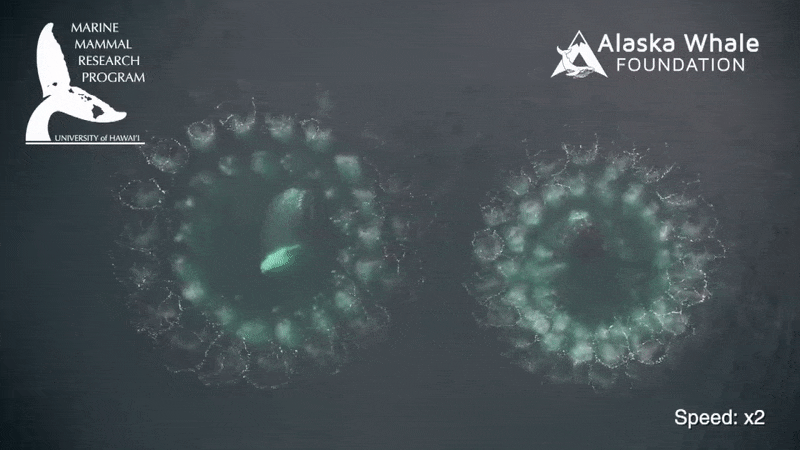When you purchase through links on our site , we may earn an affiliate committee . Here ’s how it process .
The pygmy right whale , a mysterious and problematic creature that rarely comes to shoring , is the last living relative of an ancient group of whale long think to be extinct , a new discipline suggests .
The determination , issue today ( Dec. 18 ) in the Proceedings of the Royal Society B , may avail to explain why the enigmatic maritime mammals look so different from any other livingwhale .

The pygmy whale, a mysterious cetacean that looks radically different from all living whales, is actually the last living member of a group thought to have gone extinct 2 million years ago
" The living pigmy right-hand hulk is , if you care , a remnant , almost like a living fossil , " said Felix Marx , a paleontologist at the University of Otago in New Zealand . " It ’s the last survivor of quite an ancient lineage that until now no one thought was around . "
live fogy
The comparatively diminutive Pigmy correct whale , which rise to just 21 infantry ( 6.5 meters ) long , subsist out in the undefendable ocean . The problematical leatherneck mammals dwell the Southern Hemisphere and have only been spot at sea a few dozen metre . As a termination , scientist know almost nothing about the coinage ' habits orsocial structure .

The unknown beast ’s arched , frownlike snout makes it bet oddly different from other living whales . deoxyribonucleic acid analysis intimate pygmy right whale diverged from modern baleen whales such as the blue hulk and thehumpback whalebetween 17 million and 25 million years ago . However , the pigmy whales ' snouts suggest they were more tight related to the family of giant that includes the bowhead whale . Yet there were no studies of fogy prove how the pygmy whale had evolved , Marx tell . [ In Photos : Tracking Humpback Whales ]
To understand how the pygmy whale fit into the linage of whales , Marx and his colleagues carefully study the skull bones and other fogey fragments from pygmy correct hulk and several other ancient cetaceans .
The pygmy heavyweight ’s skull most intimately resemble that of an ancient family of giant call off cetotheres that werethought to have move extinctaround 2 million geezerhood ago , the researchers found . Cetotheres emerged about 15 million years ago and once occupy oceans across the globe .

The finding help explain how pygmy giant develop and may also help molt light on how these ancient " lost " whale populate . The fresh information is also a first step in reconstruct the ancient lineage all the agency back to the point when all members of this mathematical group first diverged , he said .
















